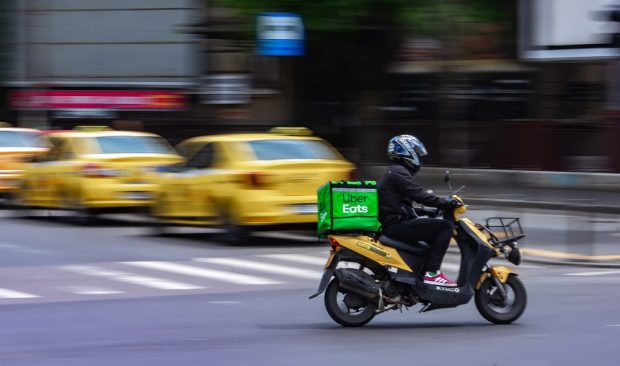Uber Eats Leverages Discounting to Maintain Aggregator Usage Amid Inflation

As restaurant aggregators push back on inflation-related trade-down, discounts are key to maintaining frequency.
Uber Eats, for its part, is making a play for affordability with the Uber-wide Uber One paid membership program, which offers free delivery on food orders, among other perks. The company is discounting heavily to drive adoption, as CEO Dara Khosrowshahi told analysts Tuesday (May 2) on the company’s first quarter 2023 earnings call.
“Right now, it’s all about discounts, and discounts are awesome,” Khosrowshahi said. “And a much higher percentage of our members just logically should be using the program because they will save a ton of money.”
Certainly, discounts are key to aggregator engagement. Research from PYMNTS’ April report “Connected Dining: Third-Party Restaurant Aggregators Keep the Young and Affluent Engaged,” which draws from a March survey of nearly 2,300 United States consumers, finds that four in 10 consumers say they are using aggregators because the discounts have gotten better.
Moves such as these discounts to retain consumers are especially key for aggregators now, with many restaurant customers feeling the pressure to shift away from delivery toward the more budget-friendly pickup channel. Data from PYMNTS’ study “Connected Dining: Rising Costs Push Consumers Toward Pickup,” for which we surveyed more than 2,100 U.S. consumers in January about their restaurant dining habits, reveals that 48% have been more likely to pick their restaurant orders up themselves rather than have them delivered due to inflation.
Uber Eats is not the only aggregator feeling the pressure to step up price-centric offers amid this shift. DoorDash, too, has been focusing on ways to boost affordability in recent months. On the company’s most recent earnings call back in February, the aggregator noted that it decreased the average transaction cost for consumers by 8% in the previous year and that its own delivery subscription, DashPass, was helping to reach price-sensitive consumers.
“When it comes to affordability, certainly, DashPass has been a big driver of a lot of the affordability gains for our customers, especially as we continue to see consistent adds into the DashPass program,” DoorDash CEO Tony Xu told analysts on the call. “But at the same time, we’re working on quite a lot of other initiatives as well to make sure that we can keep making the service more and more affordable.”
Uber is looking to do the same.
“We’re executing particularly well algorithmically as it relates to improving our marketplace efficiency on the delivery side, higher percentage of batching orders, and using deep-learning techniques to drive down cost per transaction,” Khosrowshahi said.
Yet these efforts appear to be going unnoticed. While many consumers may be observing improved aggregator discounts, fewer have seen better baseline pricing. The April edition of the Connected Dining study noted that only 33% of consumers believe that aggregator prices have become more accessible, and that share dips down to 26% for those making $100K or less each year.
Overall, Uber Eats, for its part, remains in the No. 2 spot among food delivery apps, per PYMNTS’ Provider Ranking of Aggregators, which ranks key players using a proprietary combination of publicly available information plus app usage data to which we have access, behind category leader DoorDash.
